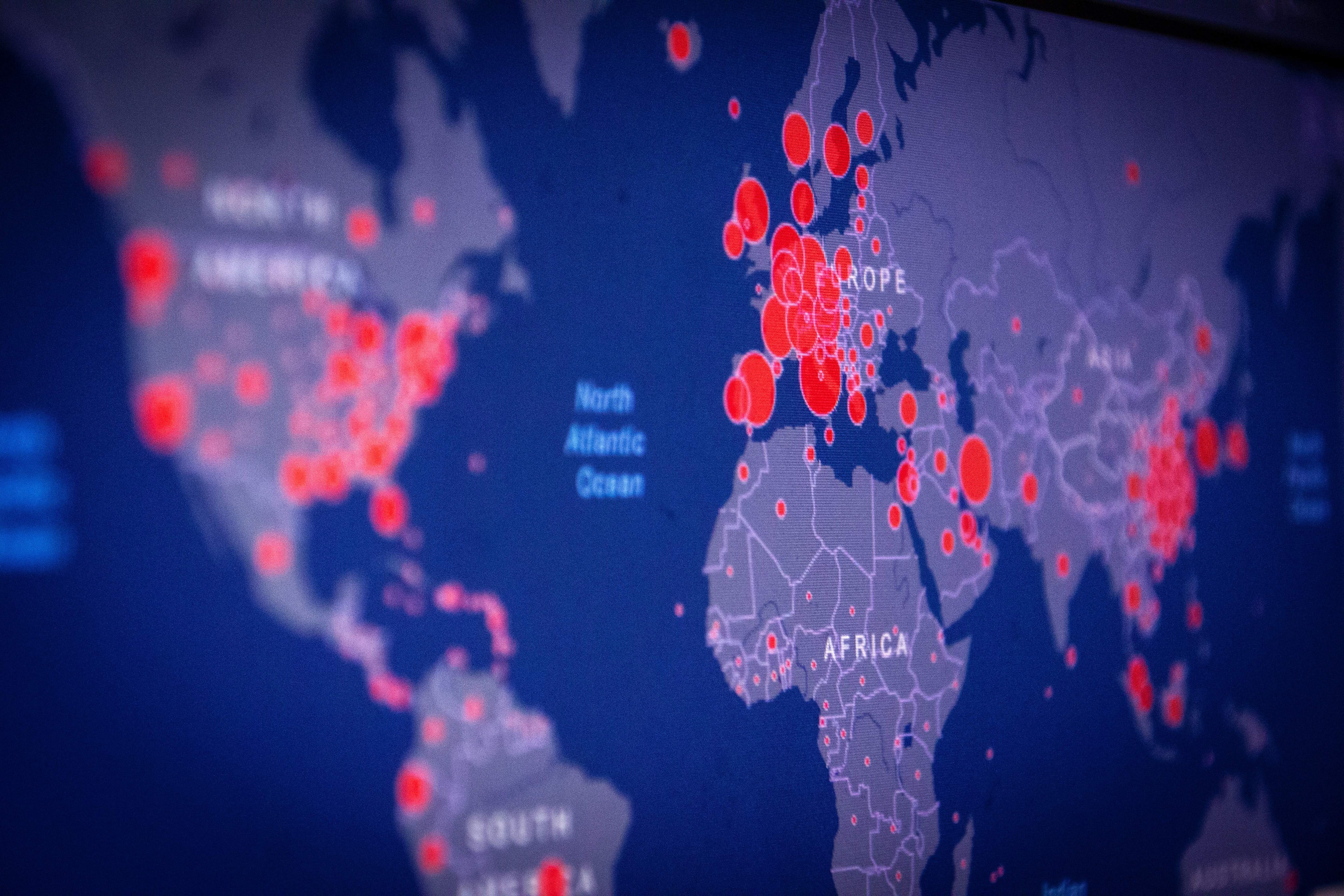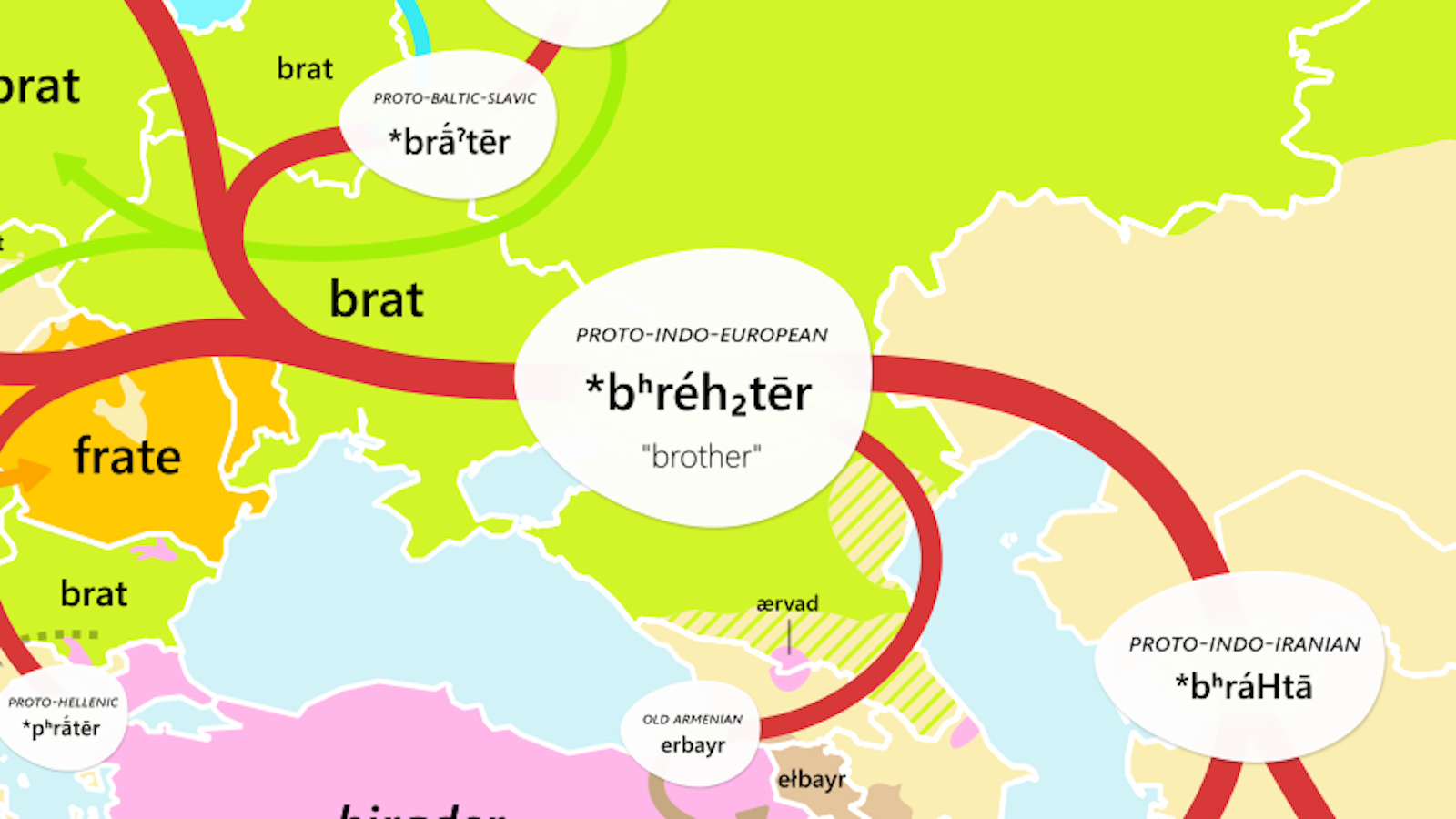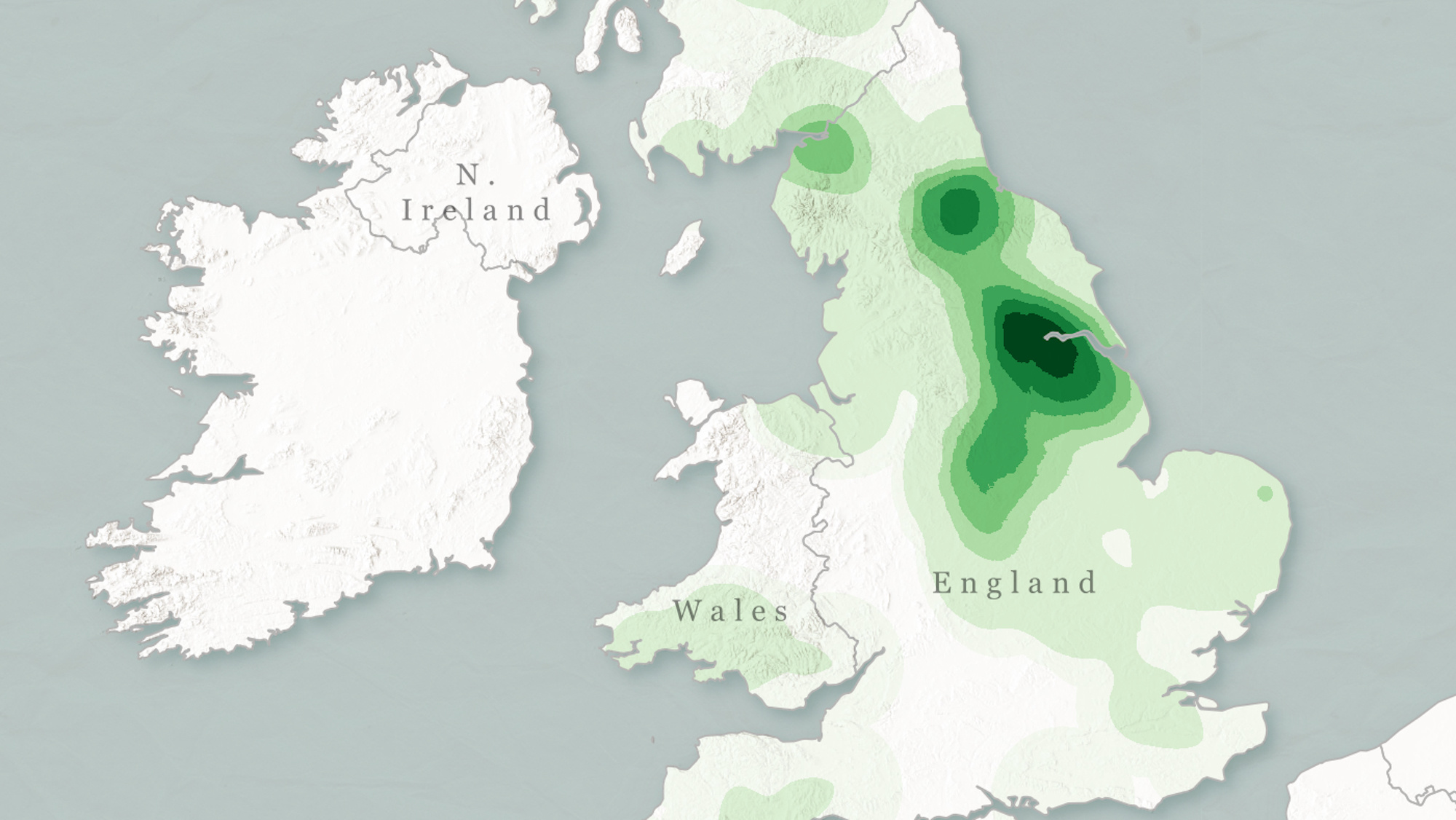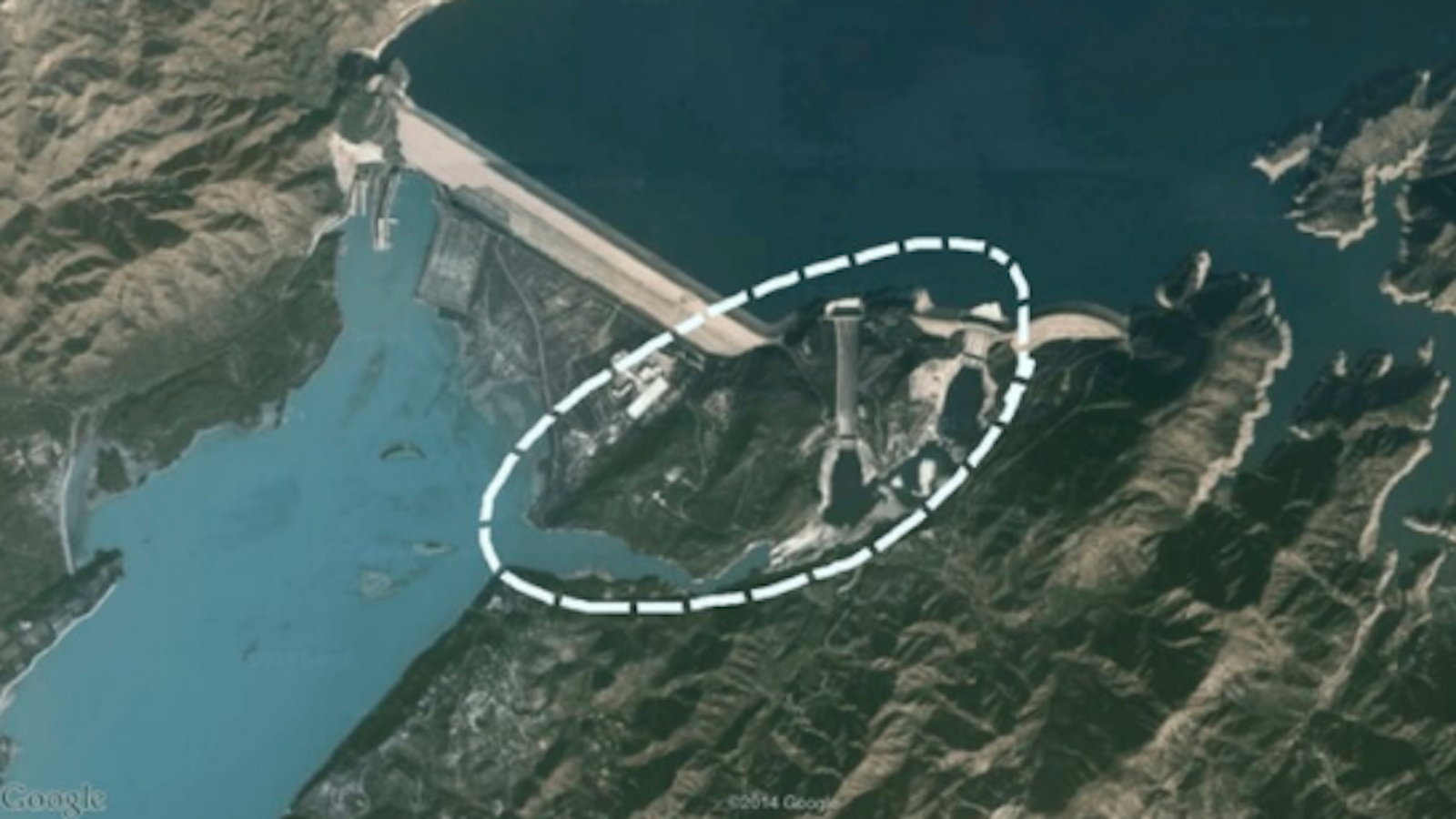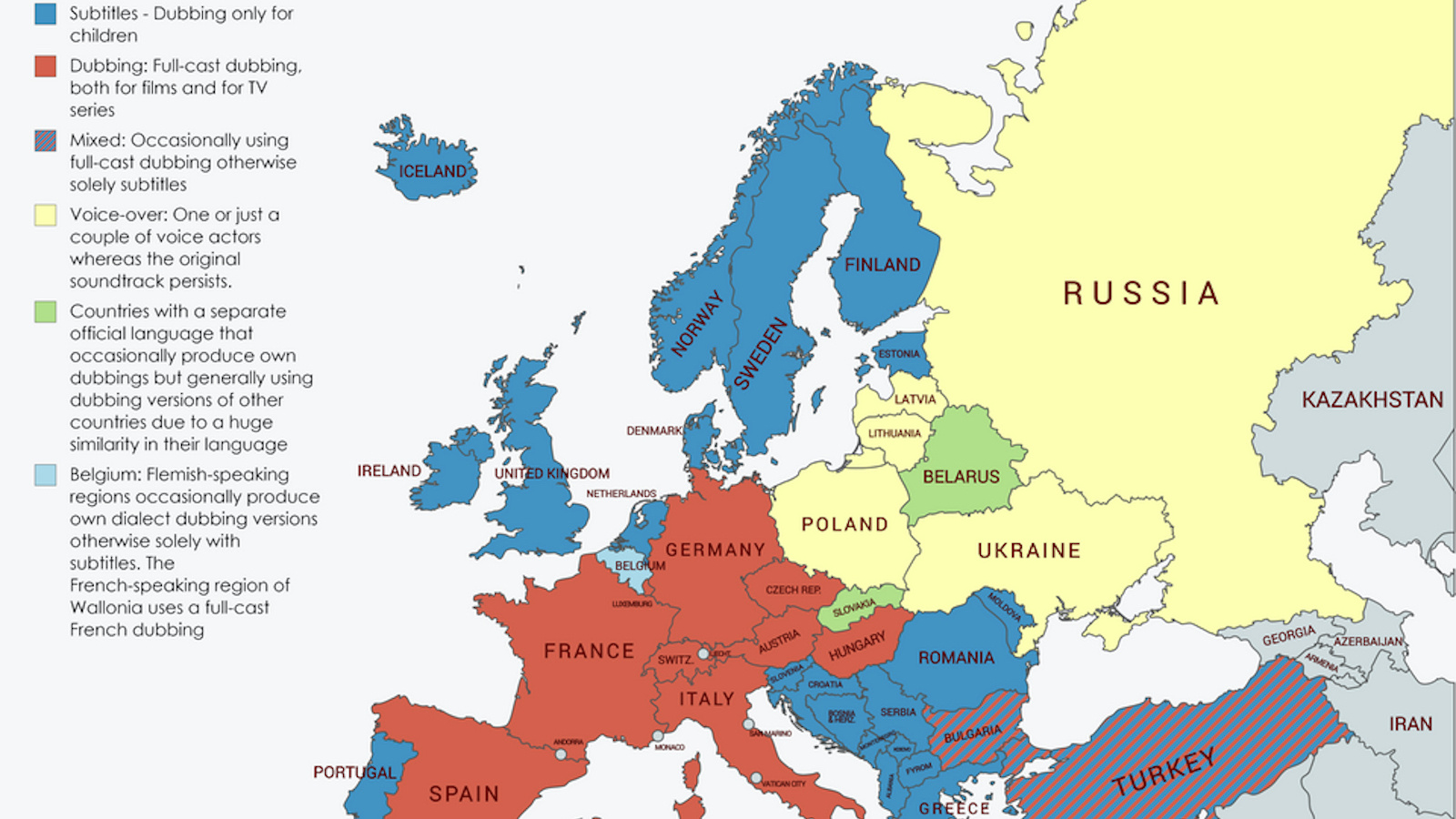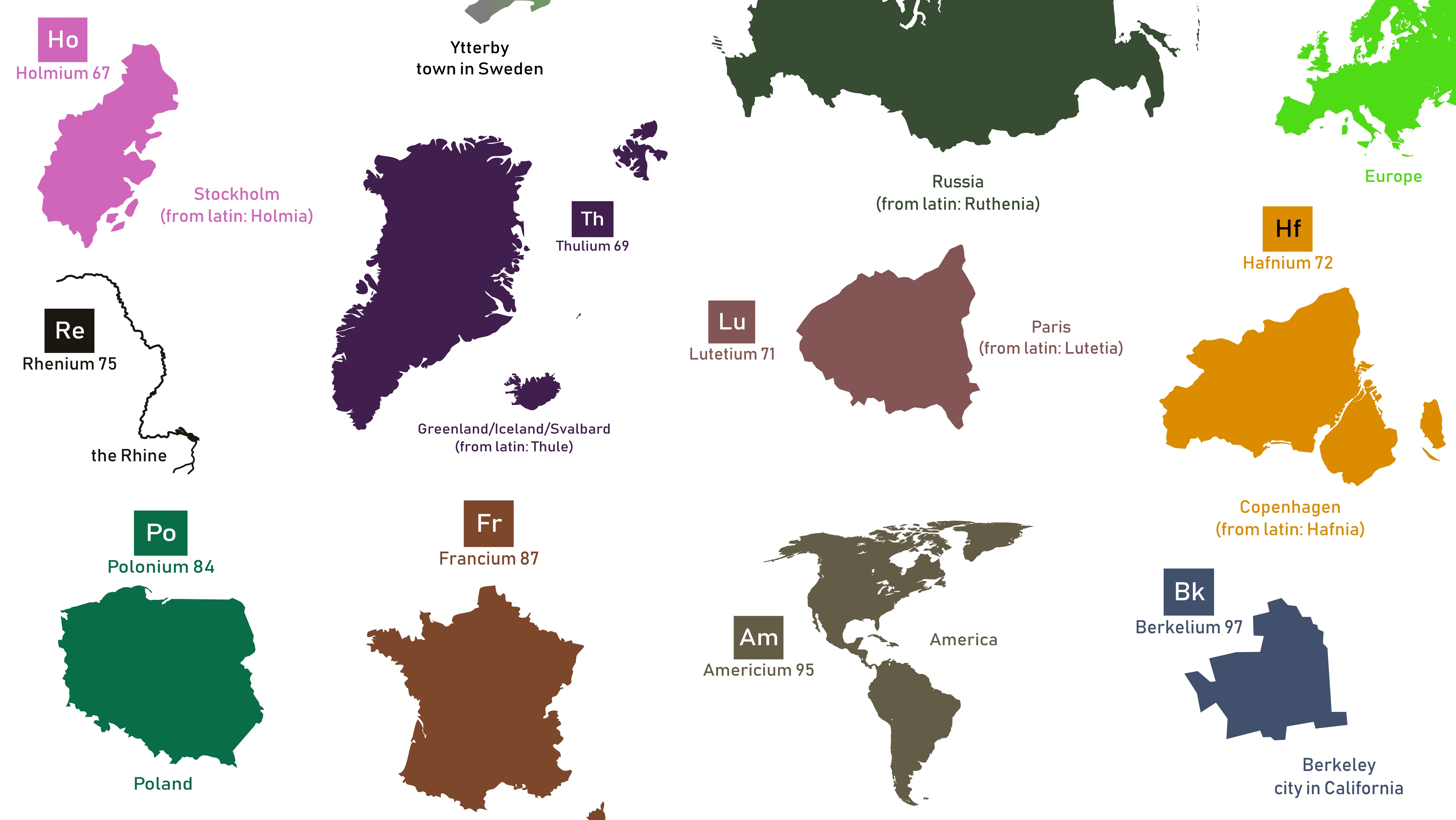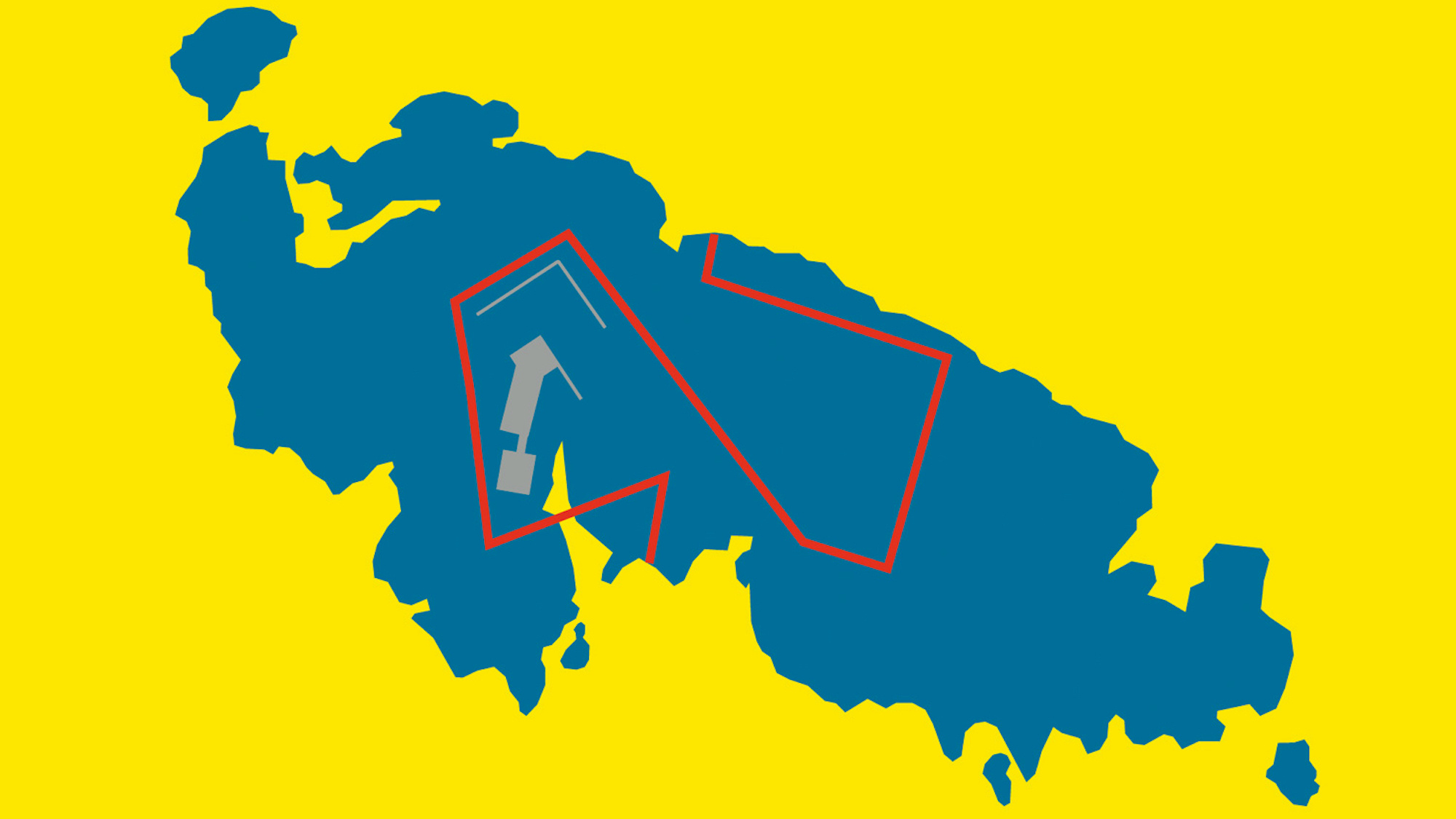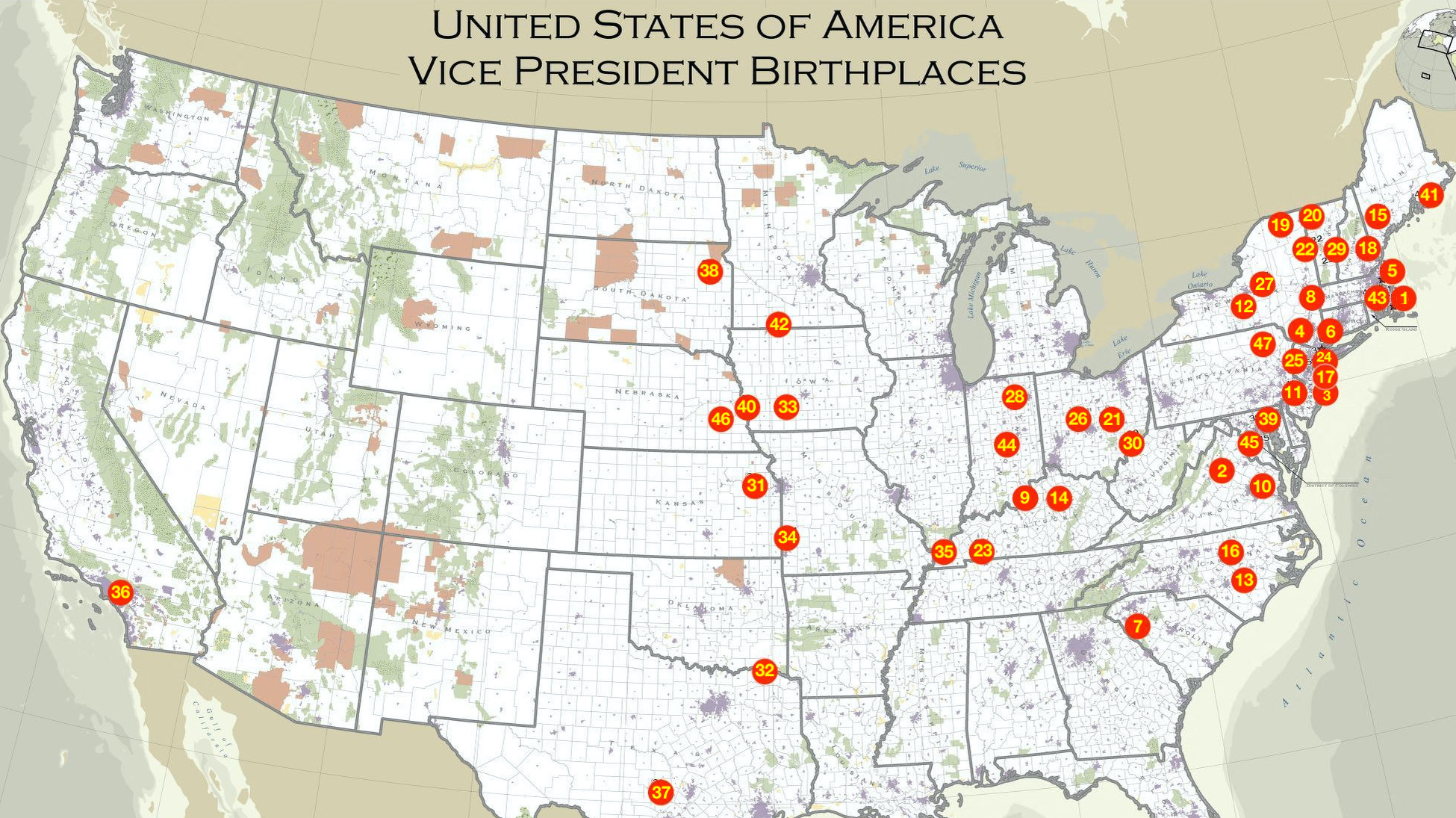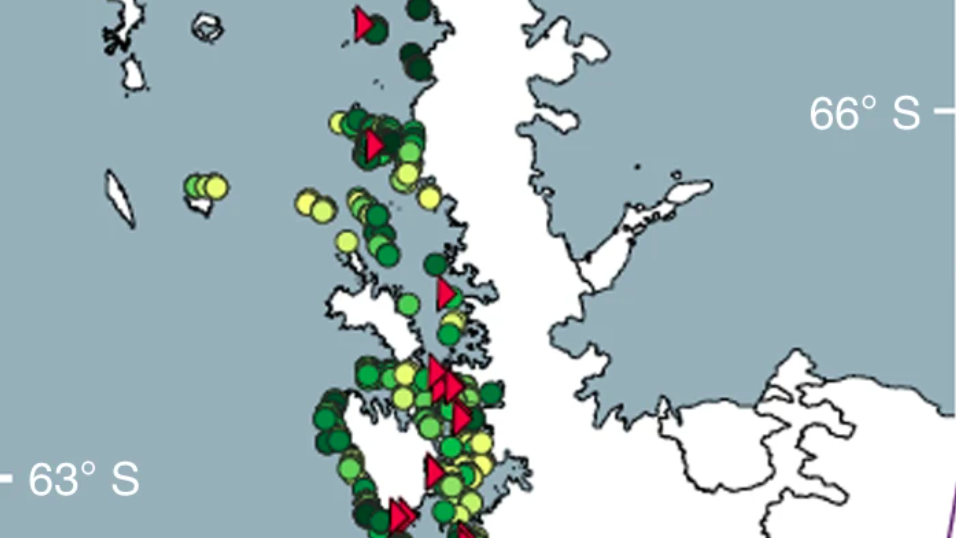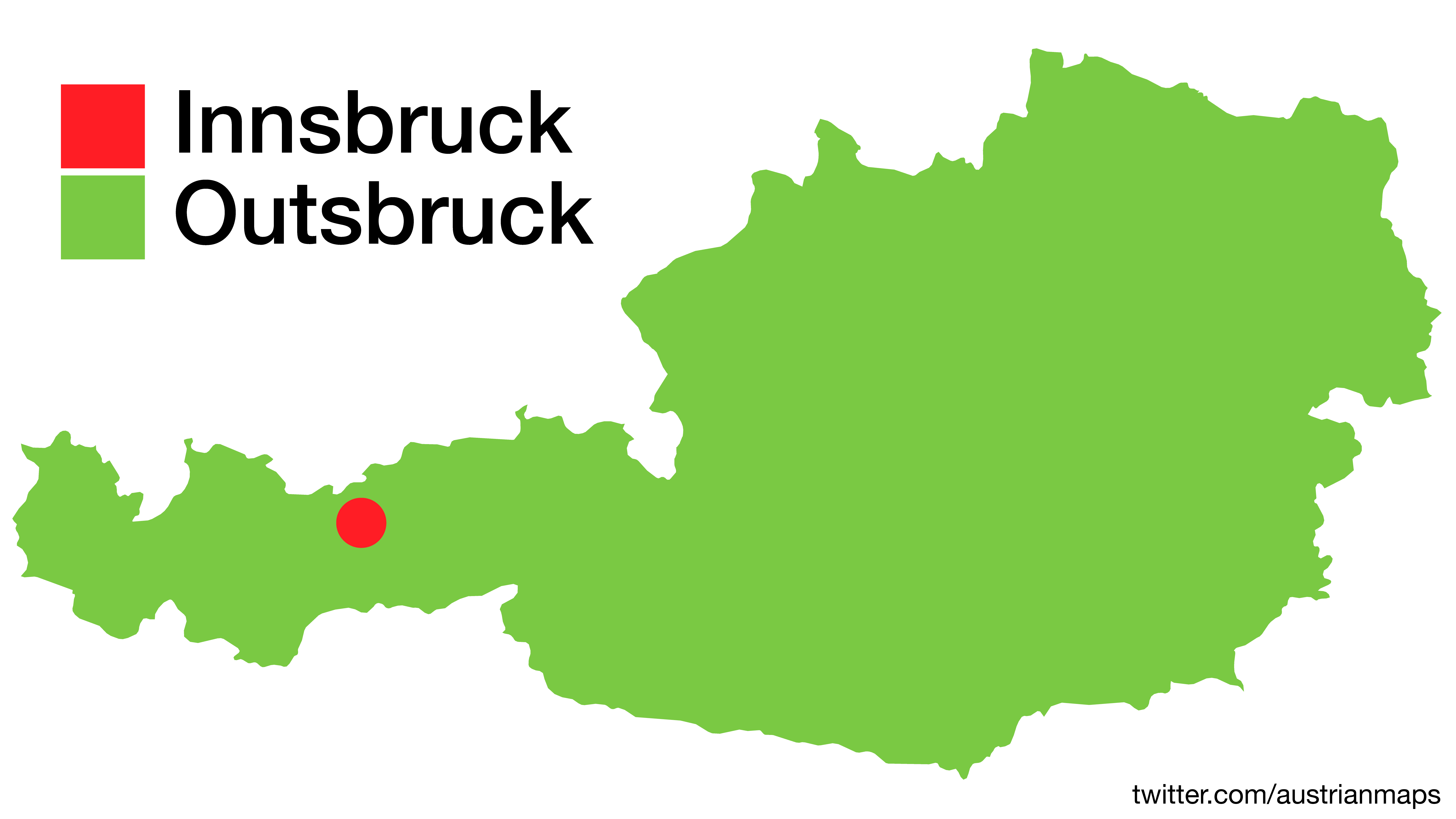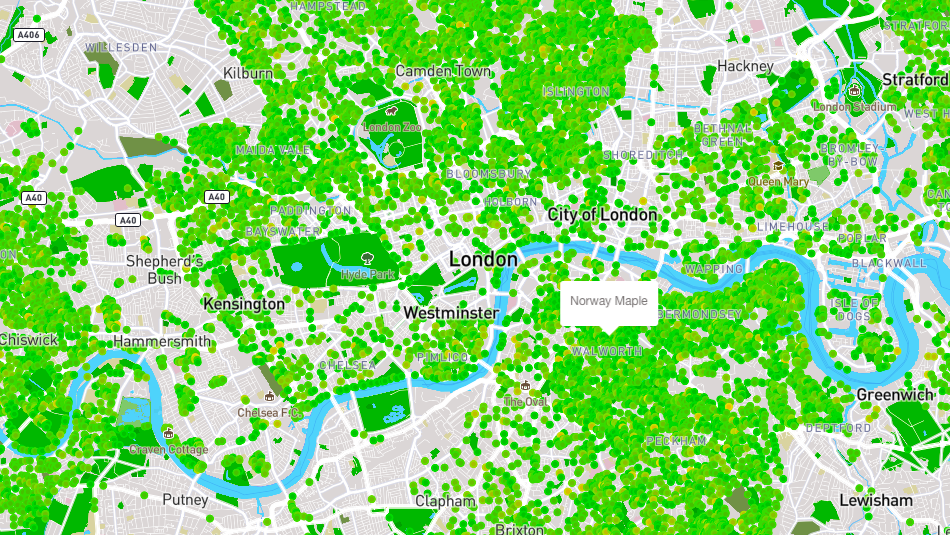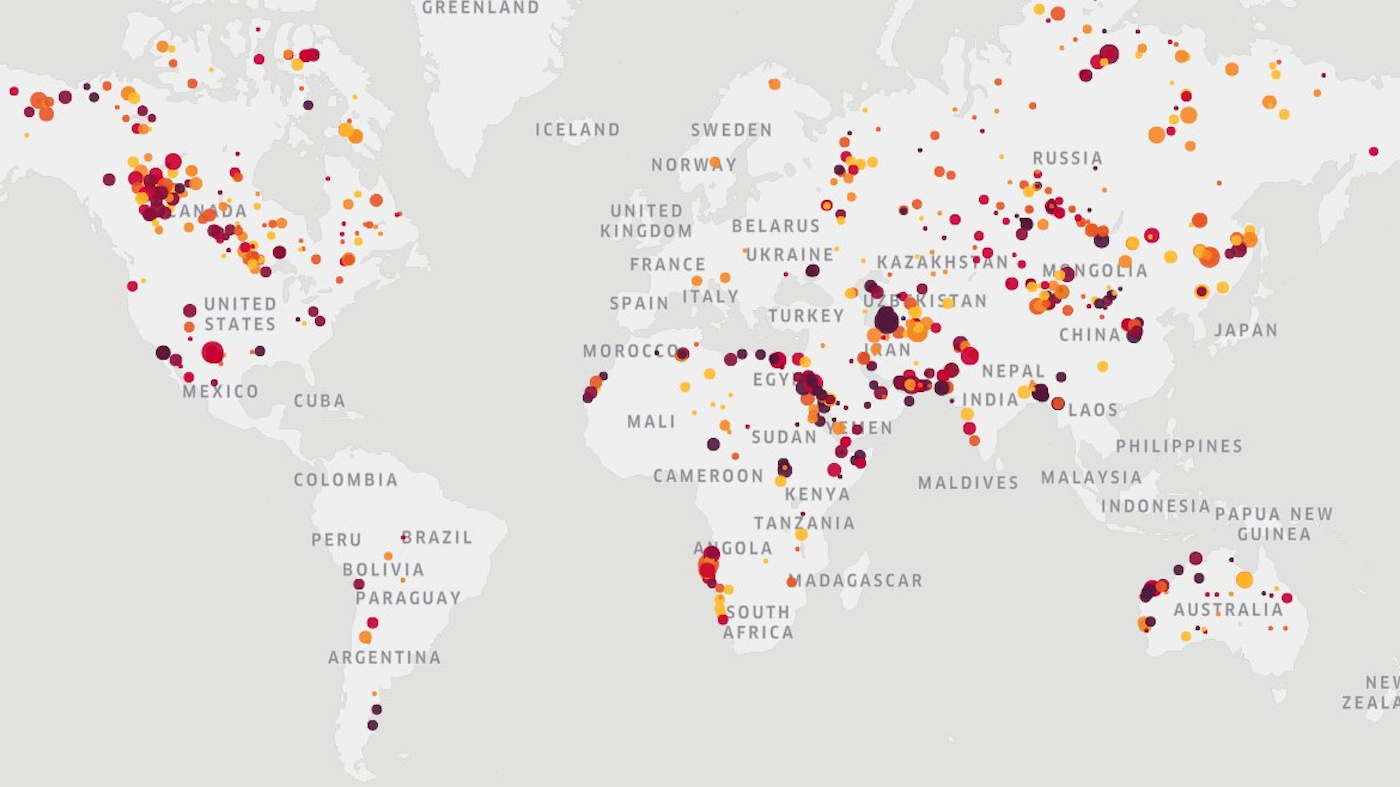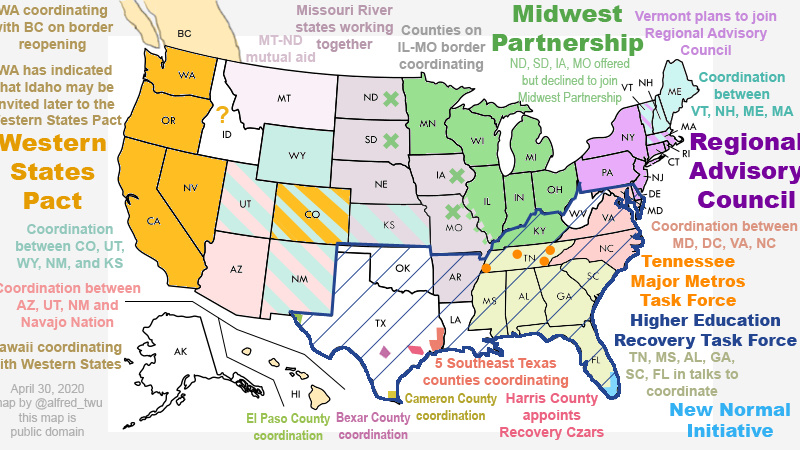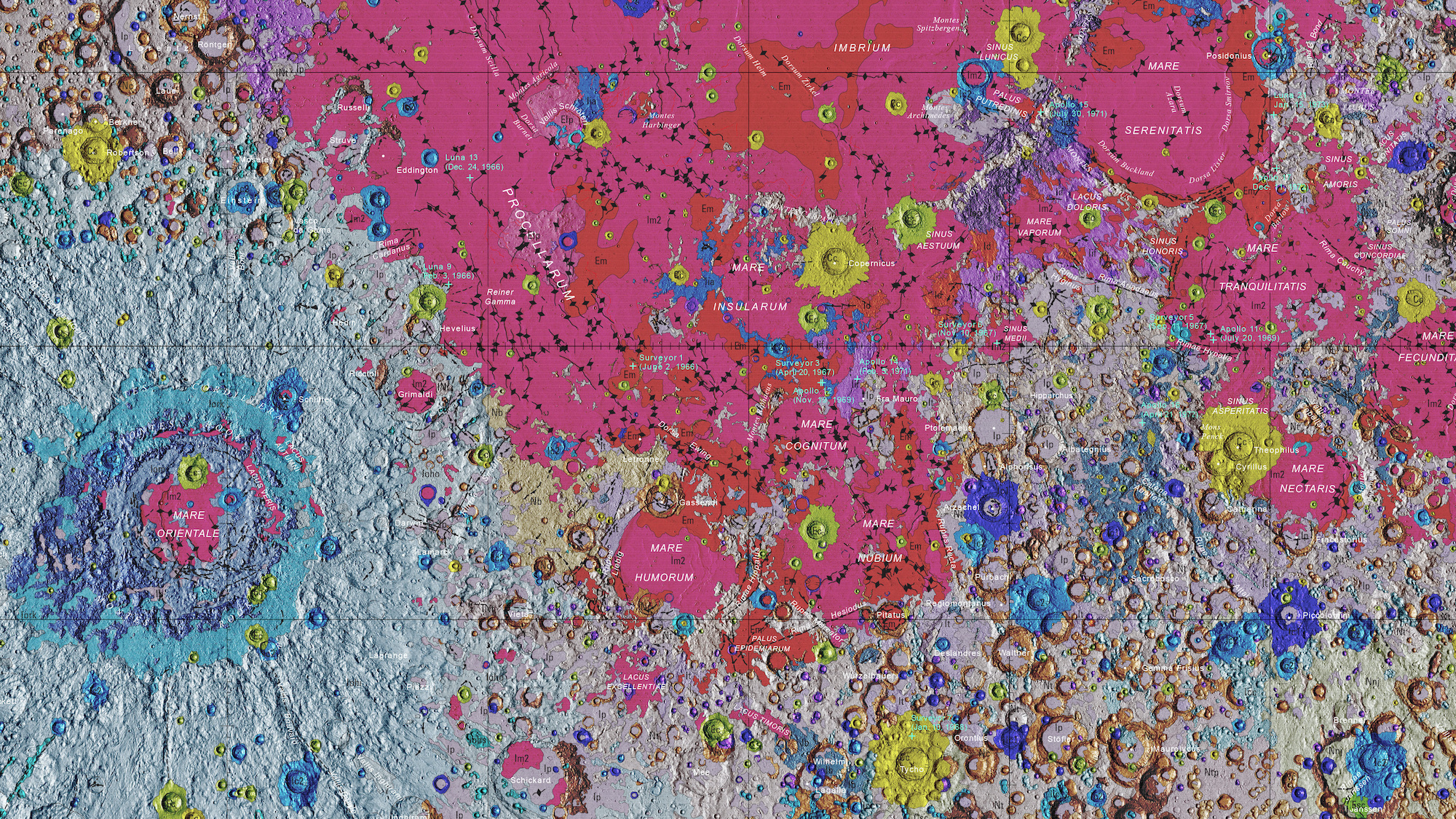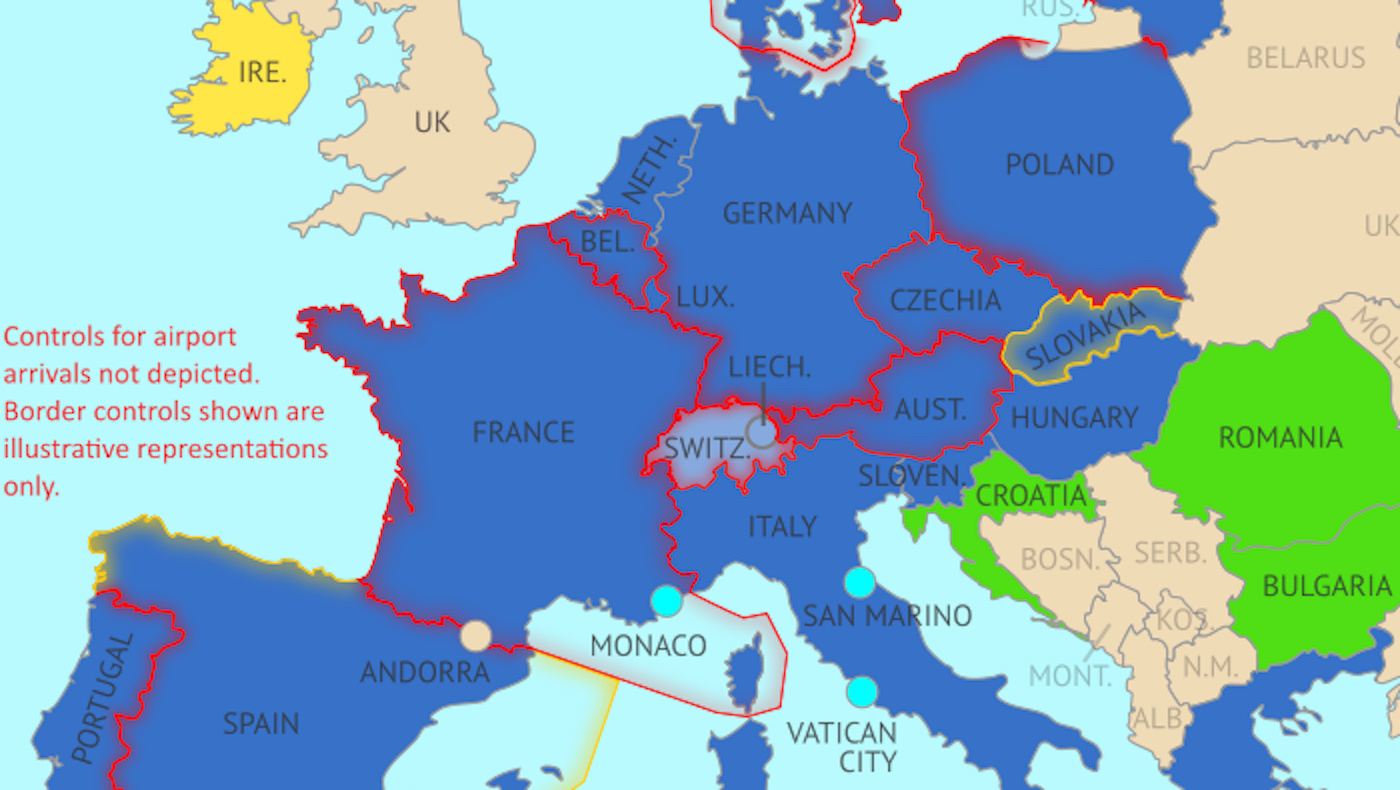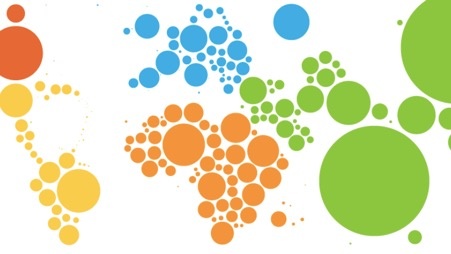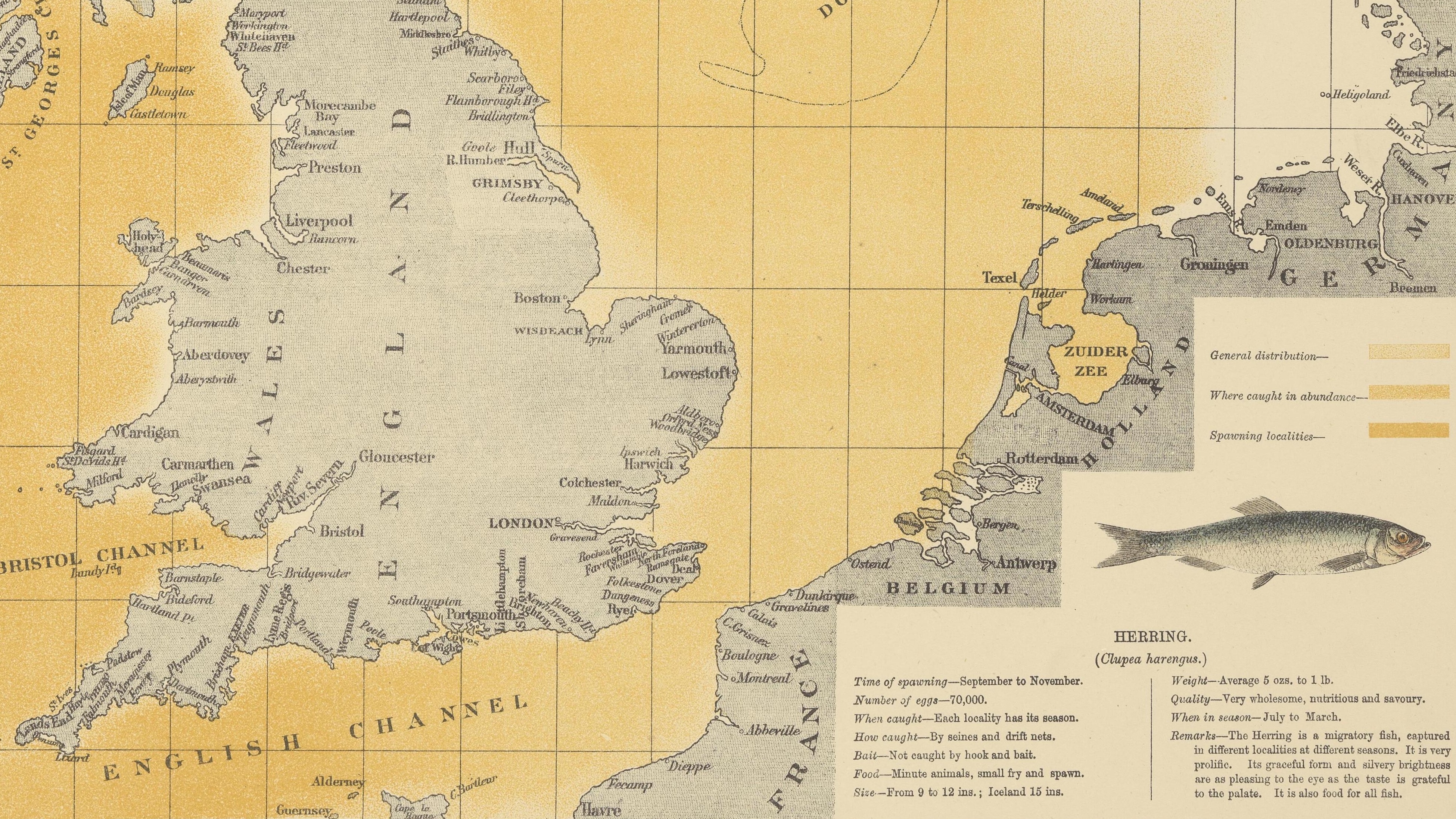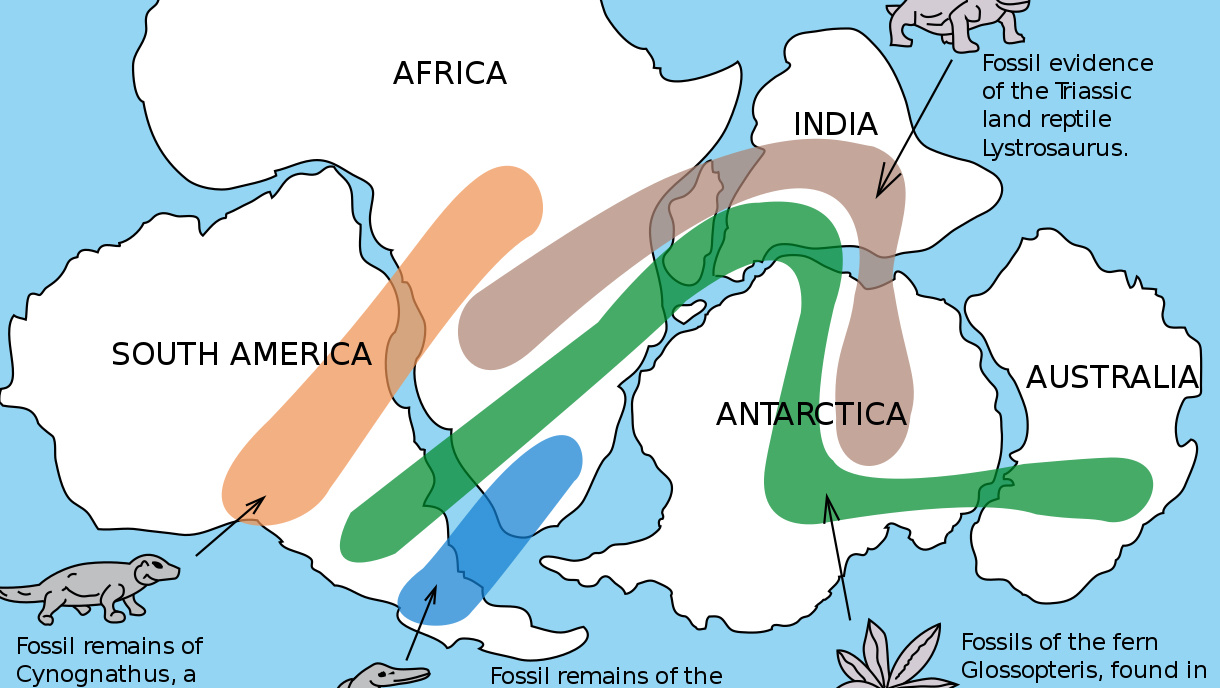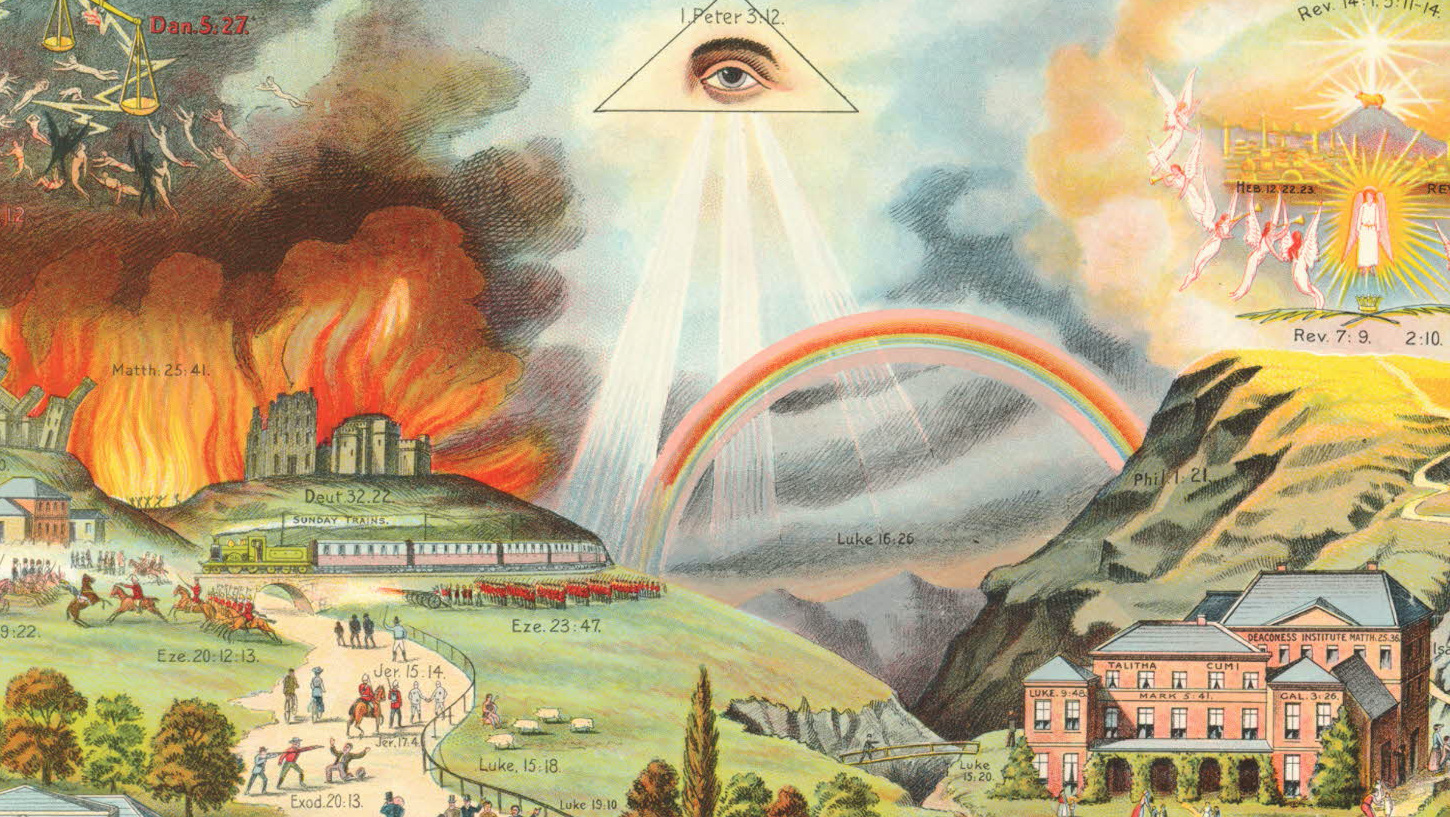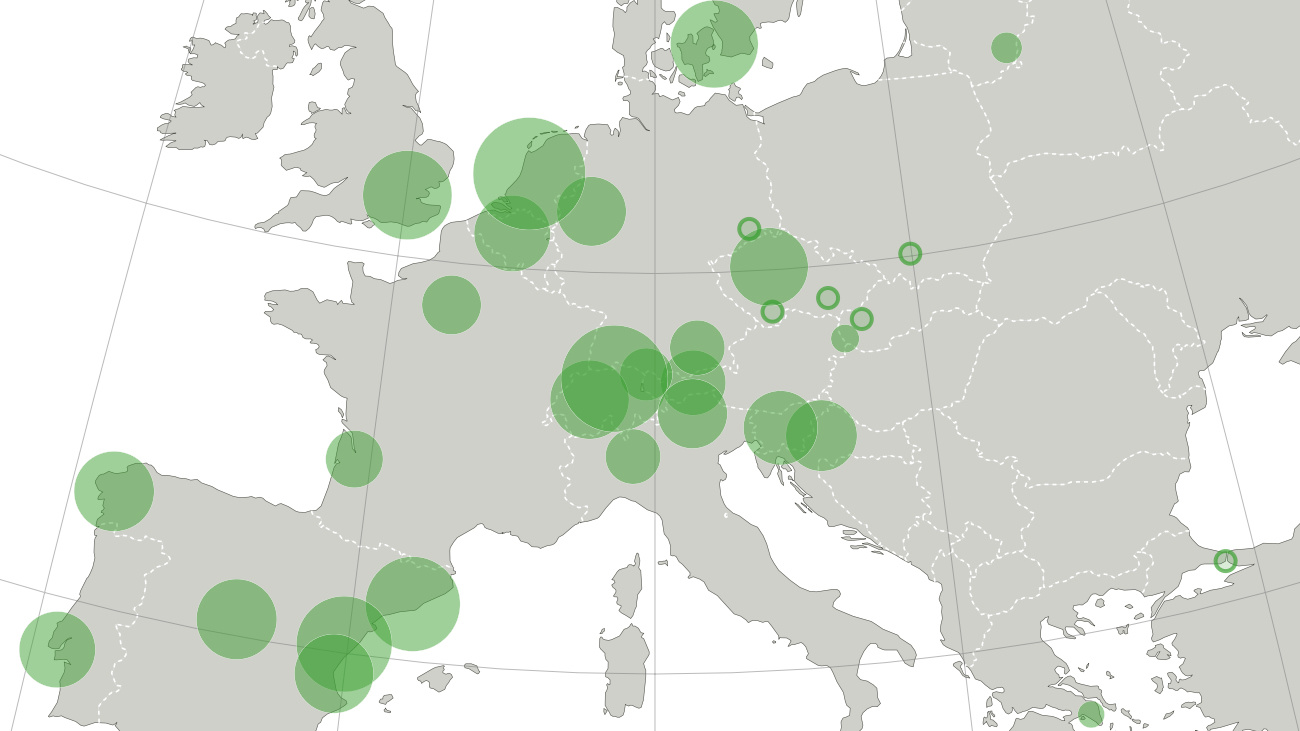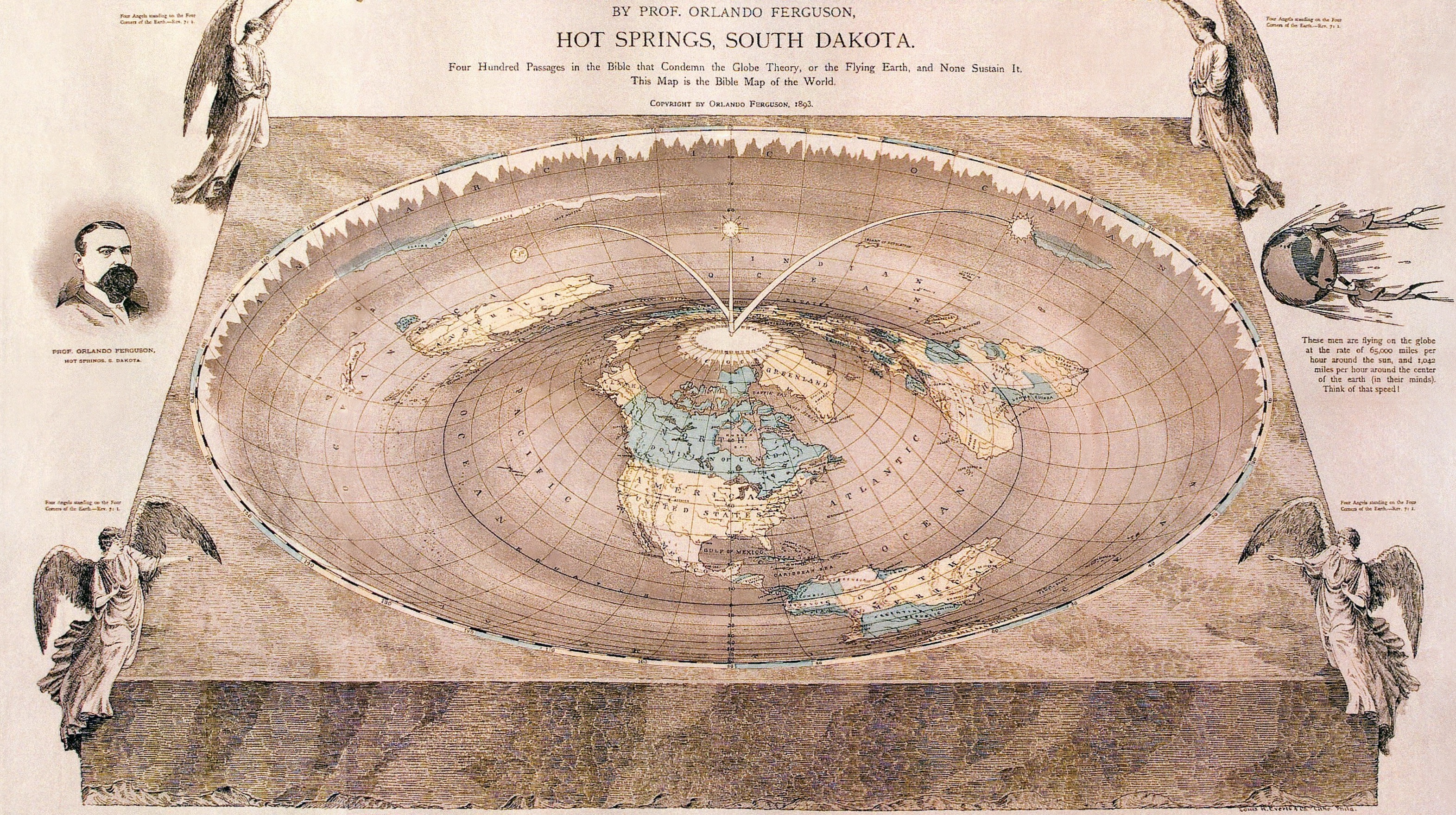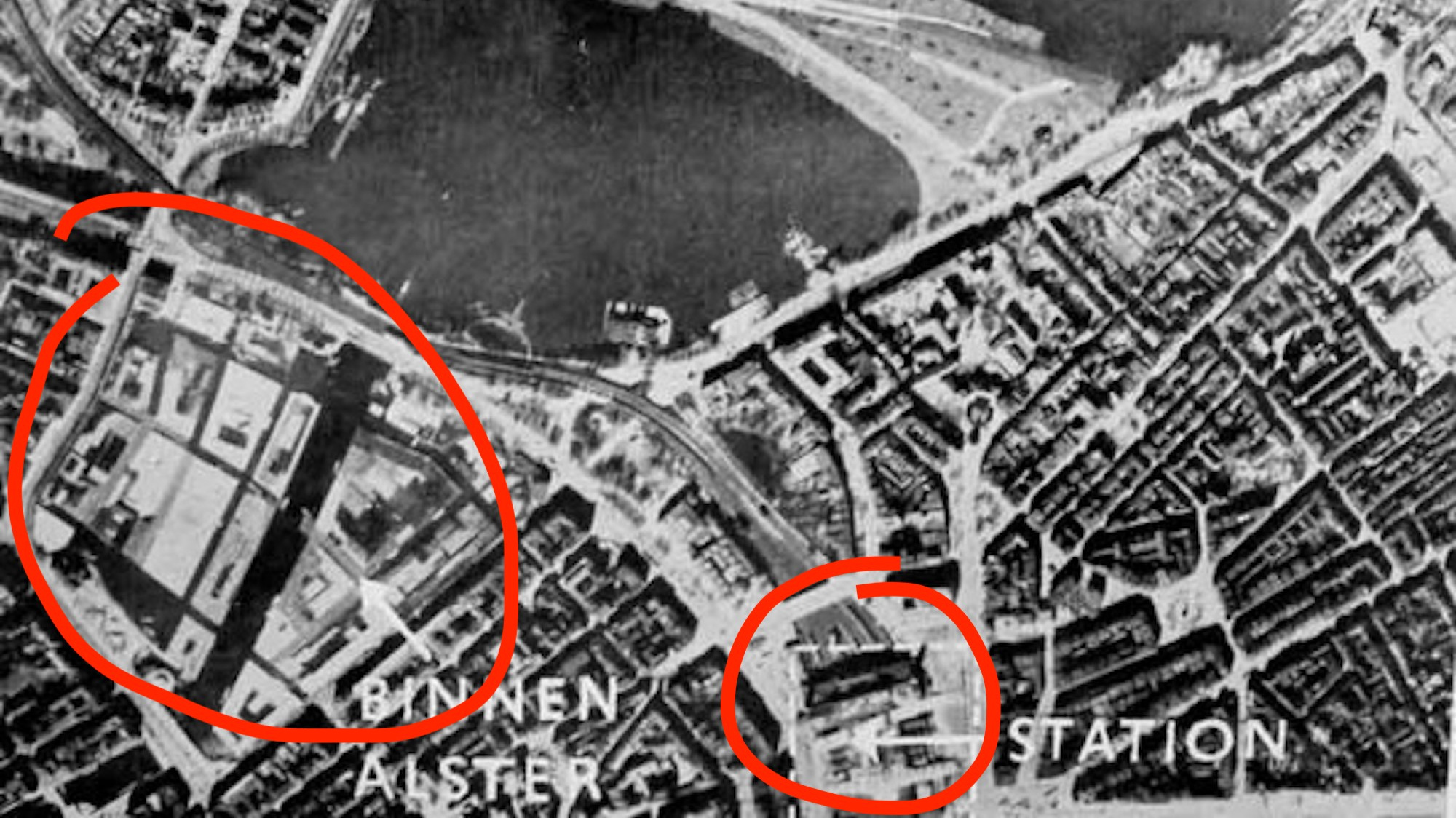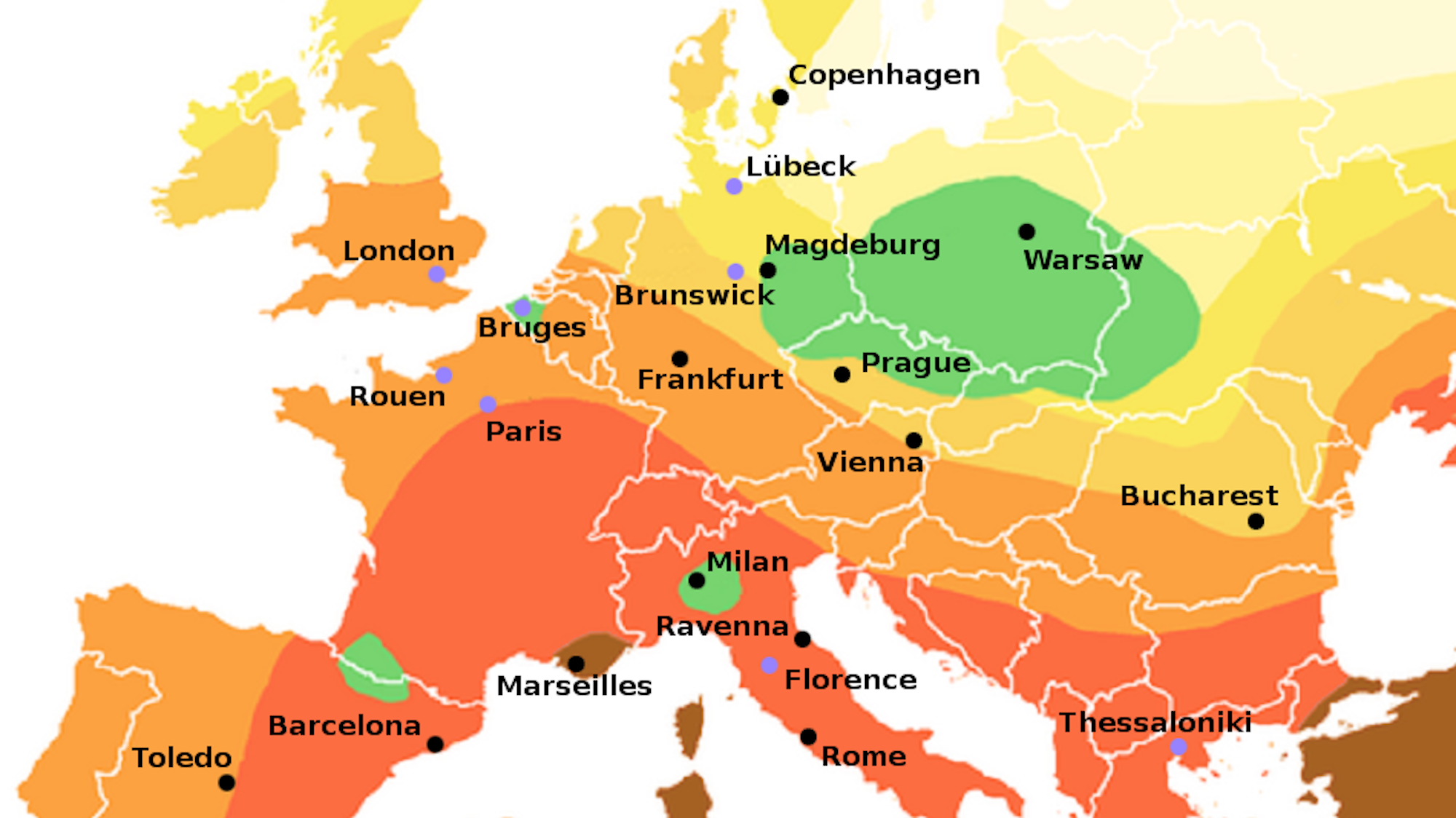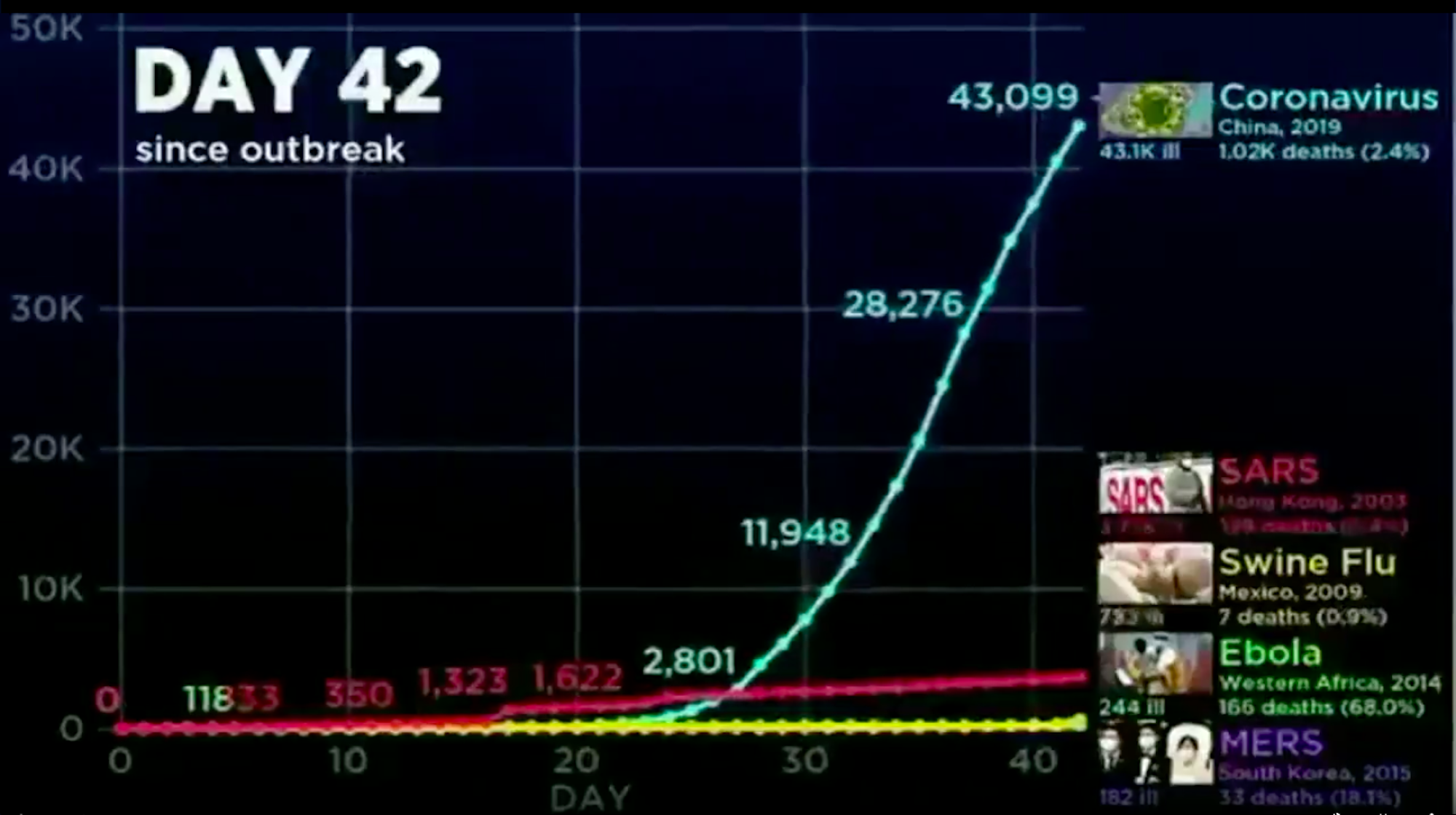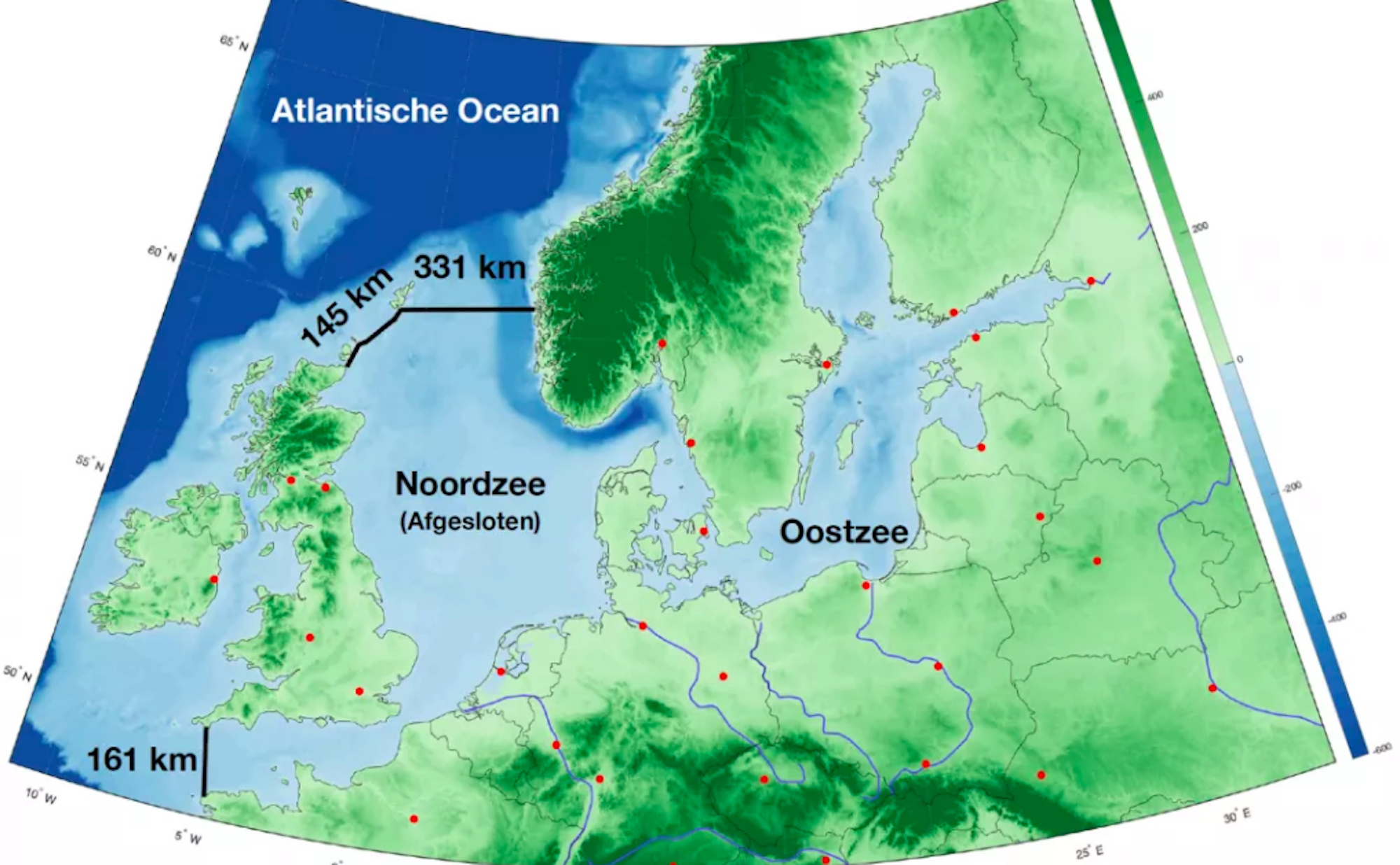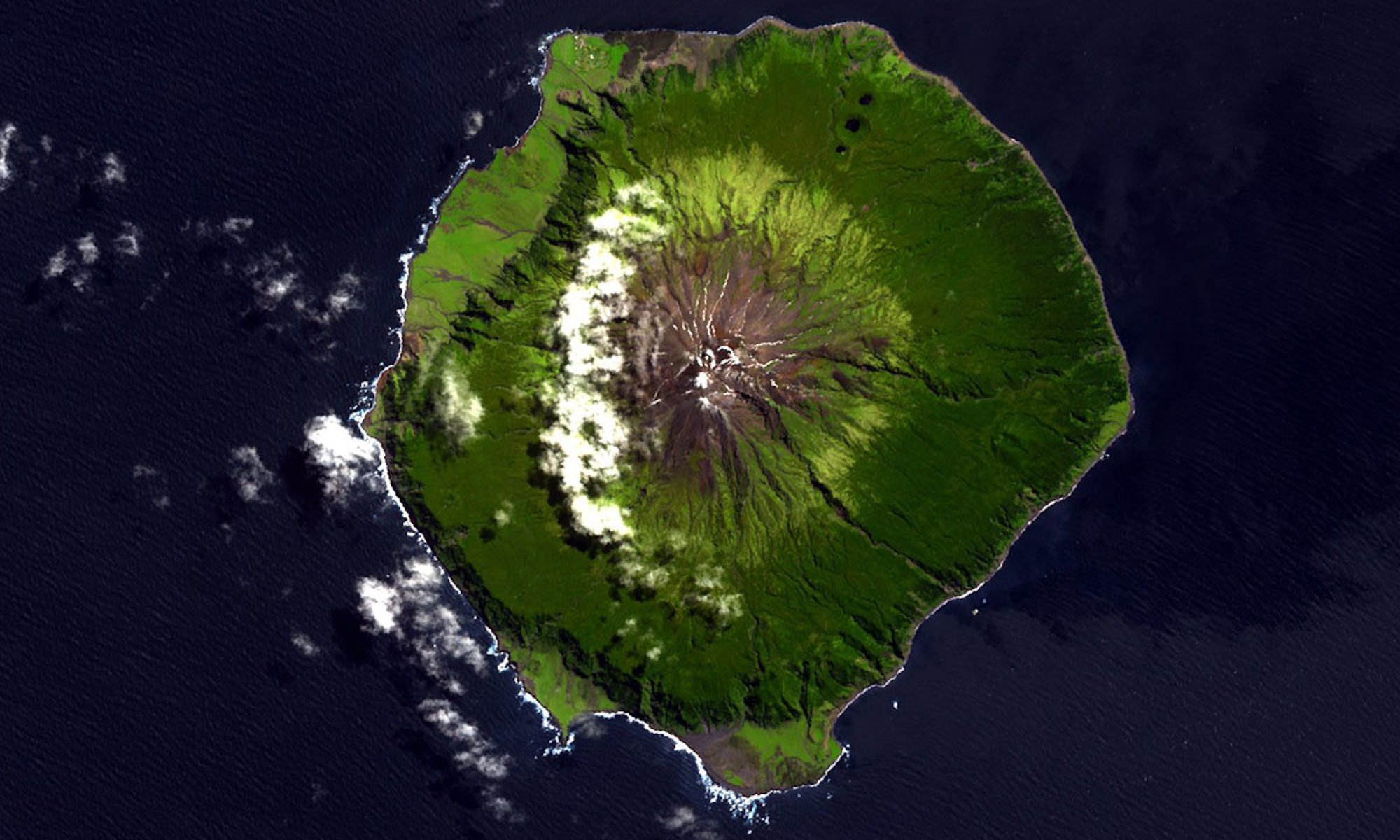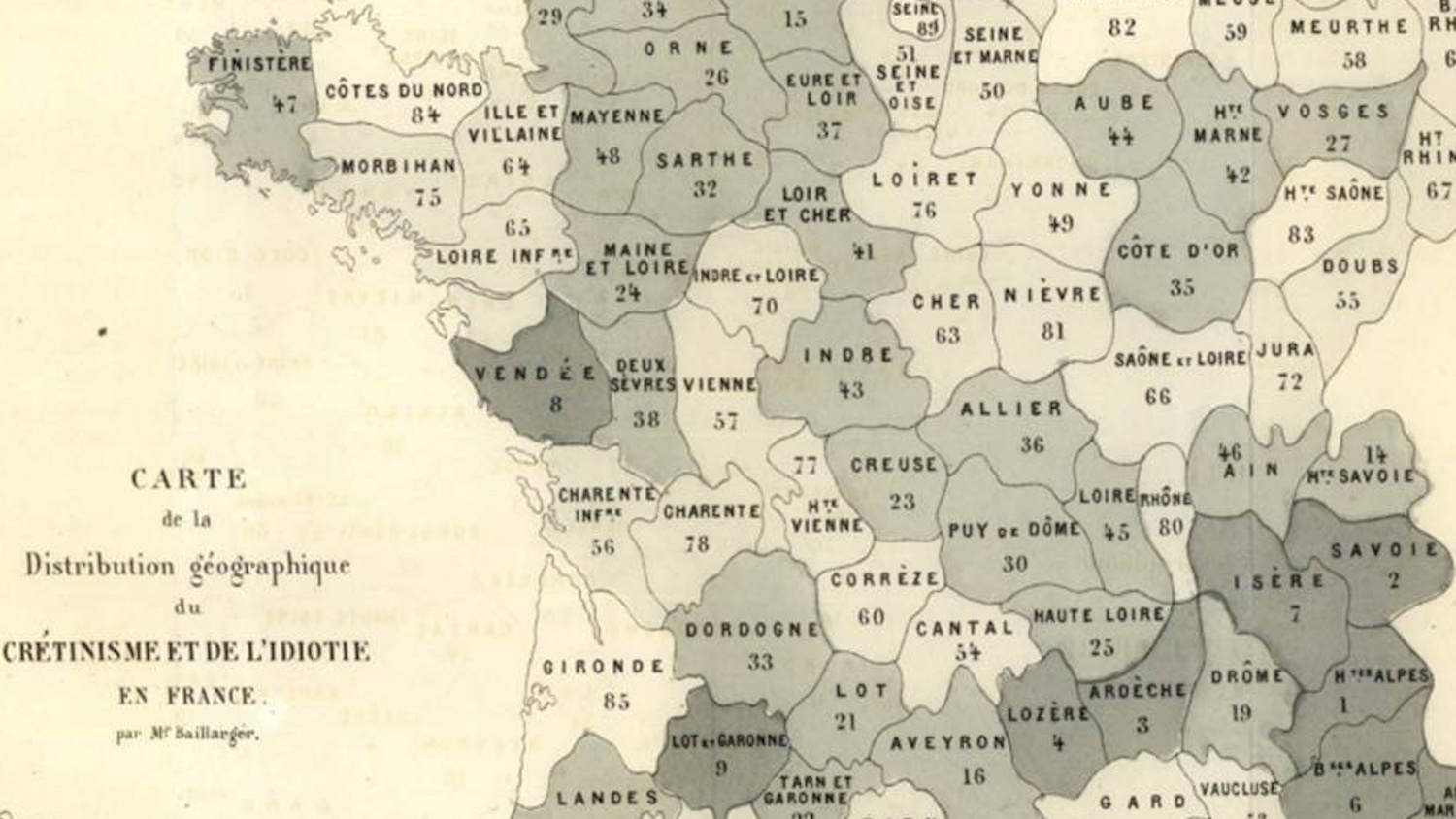map
Start by reading the title, looking at the labels and checking the caption. If these are not available – be very wary.
Two remarkable etymological maps show twin forces at work throughout human history.
Mapping the frequency of common toponyms opens window on Britain’s ‘deep history’.
Iranian Tolkien scholar finds intriguing parallels between subcontinental geography and famous map of Middle-earth.
Europe is divided on whether films should have subtitles or different audio tracks.
Can’t memorize all those elements? If you’re more into geography, perhaps this will help.
New book focuses on some of the world’s most peculiar borderlines.
Trump is #45 but Pence is #48 – and other strange consequences of the curious office of vice president.
To get a sense of faraway places, these ‘atlases’ let the locals give you their perspective.
Penguin poop and climate change are fuelling the spread of ‘snow algae’ down the Antarctic Peninsula
And after these 10 surprising maps, the Alpine republic will never look the same again.
TreeTalk finds rare arboreal treasures among London’s common foliage.
A European start-up uses satellite data to pinpoint individual sources of abnormal methane concentration.
Across the land, state-driven pacts, partnerships, councils and task forces replace a coordinated federal response.
U.S. Army maps show how Western and Eastern Fronts met by May 1, 1945.
USGS’s ‘Unified Geologic Map of the Moon’ is the definitive blueprint of the lunar surface.
Europe’s border closures due to coronavirus go against a fundamental freedom enshrined in the Schengen Agreement.
The Data Atlas of the World specialises in simple yet revealing maps of the world.
O.T. Olsen’s gorgeous ‘Piscatorial Atlas’ (1883) describes a world now destroyed and forgotten
From the mid-19th century, fossils were used as evidence for continental drift – but mainstream scientists didn’t buy it until the 1950s.
‘The Broad and Narrow Way’ helped 19th-century preachers explain the consequences of virtue and vice.
Coke, meth, ecstasy, amphetamines: each drug has a different ‘capital’
One silver lining of the pandemic: The value of common sense, facts and rational decisions increases.
Edinburgh University project geo-locates victims of Scottish ‘witch-prickers’ in the 16th and 17th century.
‘Operation Invisibility Cloak’ was a waste: Hamburg would soon be firebombed to bits
The Black Death skipped certain parts of Europe – and that could be a lesson for today’s coronavirus epidemic
The video fragment only shows increase in COVID-19 cases, reversing the video’s original message to induce panic.
Why a 400-mile enclosure around the North Sea is not as crazy as it sounds
The world’s most isolated inhabited island also has some of the world’s strangest toponyms.
Now an insult, ‘cretin’ was the medical term for a debilitating disease endemic in the Alps until the early 20th century.
